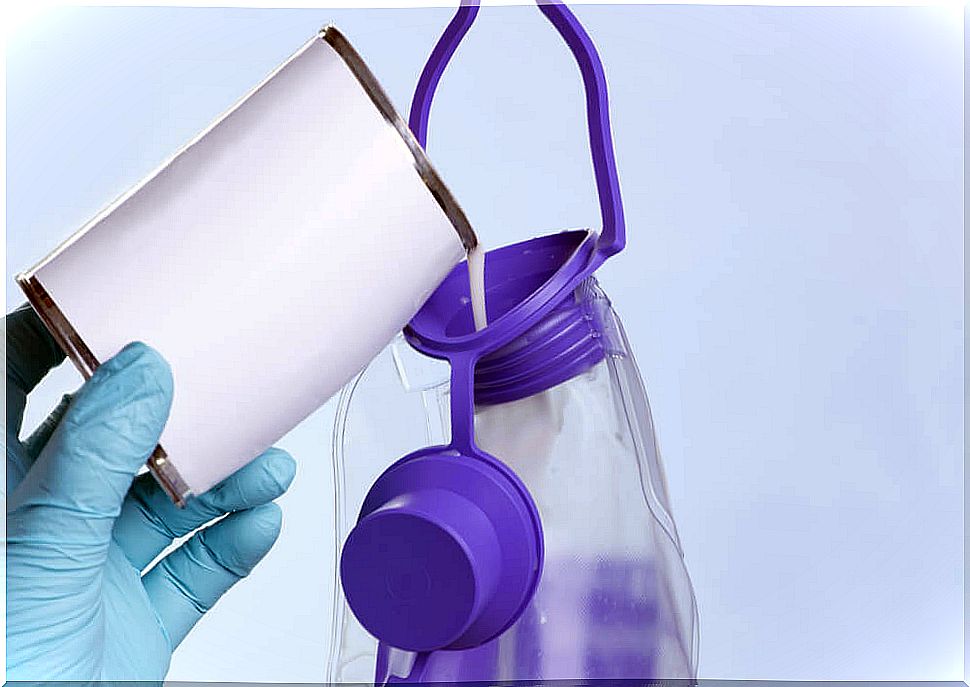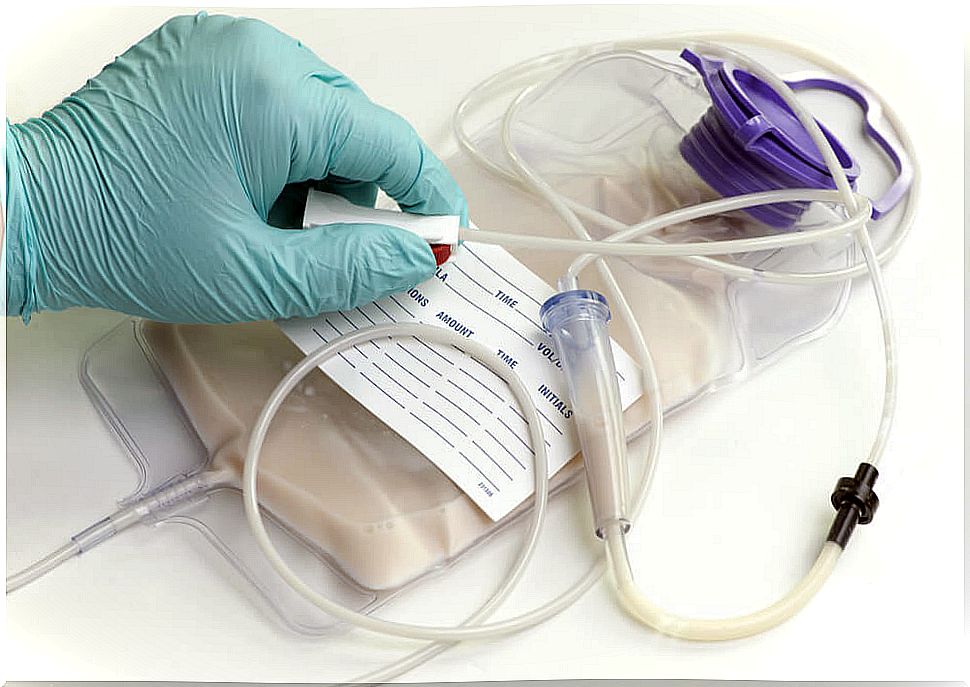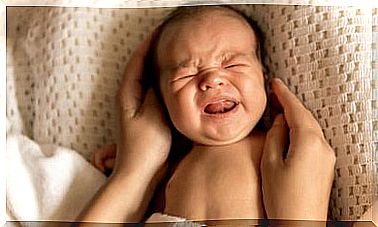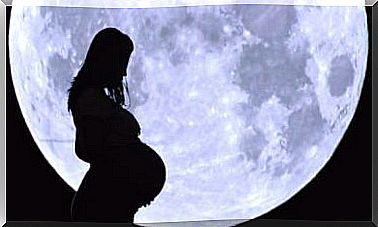Enteral Nutrition In Children

In the early 20th century, nutrients began to be used in routine clinical practice. Since then, both the techniques and the formulas used have been improving. Enteral nutrition in children today is a very useful tool in nutritional disorders.
What is enteral nutrition?
Enteral nutrition (EN) is a nutritional support technique. Together with parenteral nutrition (PN), they constitute artificial nutrition or feeding techniques.
It consists of the administration of a formula with a defined composition through the gastrointestinal tract (GIT). It can be administered orally or by tube:
- Oral enteral nutrition. Nutritional formulas, also called “shakes,” are taken by mouth. They are marketed in liquid and powder form. They usually have different flavors to make them more attractive.
- Enteral tube nutrition. Formulas are delivered through a long, flexible, thin tube. This is inserted through the nose or mouth into the stomach or intestine. Sometimes it is inserted through surgical openings (ostomies).
In some cases, enteral nutrition is an alternative form of administration. Other times, it is used as a supplement to the normal diet. Its main objective is to recover and / or maintain the nutritional status of the patient.
When is enteral nutrition indicated in children?
Enteral nutrition in children is indicated when natural oral feeding is not possible or is not sufficient. That is, when the usual nutrition with food by mouth is not enough to maintain an adequate state of health.

It is also necessary when there is malnutrition or the possibility of suffering it. Sick children are at high risk of suffering from malnutrition and also complications derived from it. It can occur in both acute and chronic diseases.
It is generally used in hospitalized children. However, if it is needed for long periods of time, it can be used at home after proper training.
The necessary condition is that the TGI works correctly. Otherwise, parenteral nutrition would be used, that is, through a vein.
There may be different situations in which it is necessary to resort to enteral nutrition:
- Intake difficulty:
- Immaturity or impaired sucking reflex. For example, in a premature newborn.
- Oro-facial alterations that make it difficult to eat. For example, the cleft palate.
- Swallowing disorders (dysphagia).
- Alterations of the esophagus.
- Inability to ingest. For example, critically ill or mechanically ventilated patients.
- Poor tolerance to exertion due to hemodynamic or neuromuscular alterations.
- Increased energy and protein needs. For example, due to a lung disease in which the child expends a lot of energy breathing.
- Prolonged fasting is not tolerated by the patient.
Types of enteral nutrition formulas in children
When enteral nutrition is to be administered, it is important to determine several factors:
- Type of formula to administer.
- Most appropriate route of administration.
- Administration mode.
This process must be carried out individually for each patient. The quantity and quality of the nutrients to be administered must be assessed to cover the specific needs. Age, GIT status and underlying pathologies must be taken into account.
Infant formulas must be adapted to the maturation of the GIT and its growth. Full-term newborns with a normal GIT can receive breast milk or infant formula. For preterm newborns there are specific formulas.
From one year of age, polymeric formulas are usually used. These contain whole proteins and are usually lactose and gluten free. Up to 10 years of age, pediatric formulas can be used. Thereafter, adult formulas are continued.
Complications
Some complications that can occur with enteral nutrition in children are:
- Mechanical : by displacement or obstruction of the probe. They are the most common.
- Infectious : due to contamination of the formula or equipment.
- Metabolic : for example, overhydration or dehydration.
- Gastrointestinal : for example, vomiting, gastric retention, reflux, constipation or diarrhea.

Contraindications
Enteral nutrition cannot always be used. There are some situations in which it is not indicated, such as:
- When there is an intestinal obstruction.
- In bleeding pathologies of the GIT.
In children without specific pathologies, nutritional formulas (“shakes”) should not be used to improve health. That is, these formulas should not replace natural foods under normal conditions.










